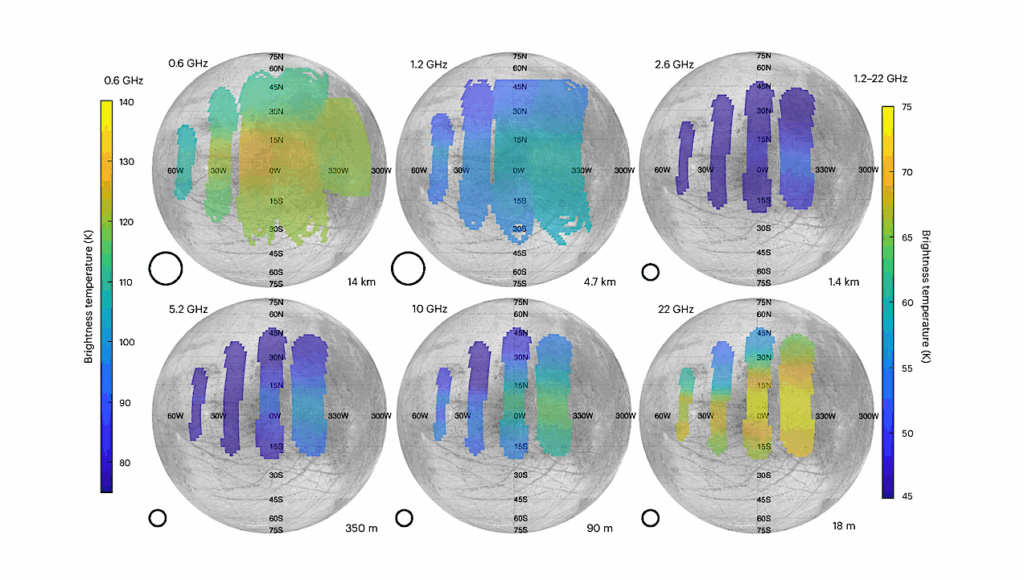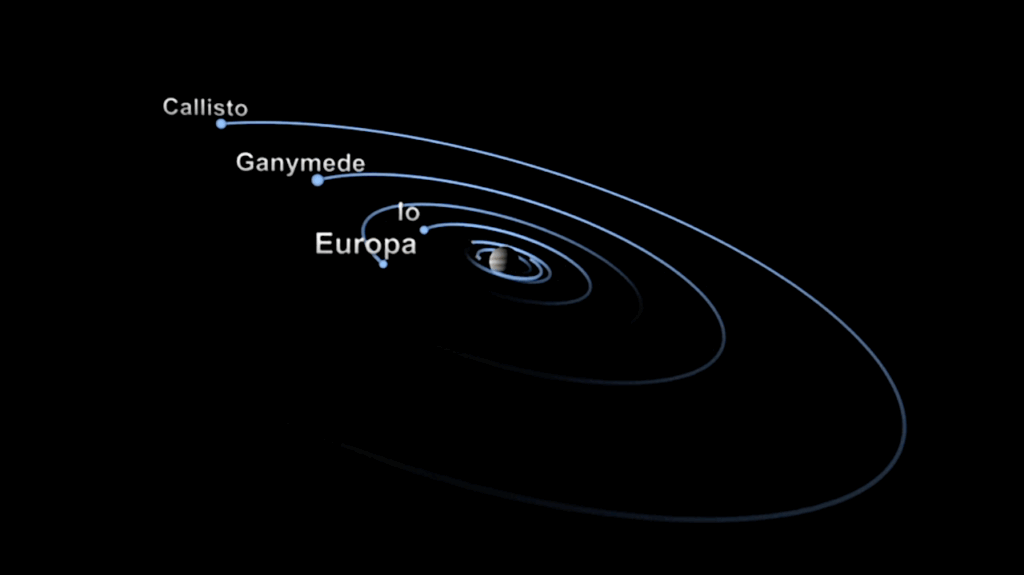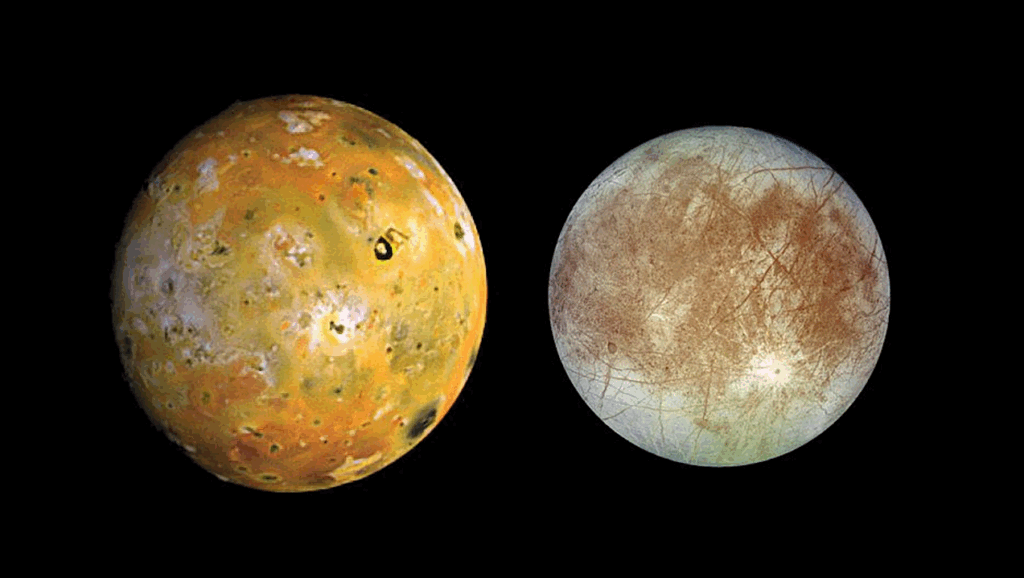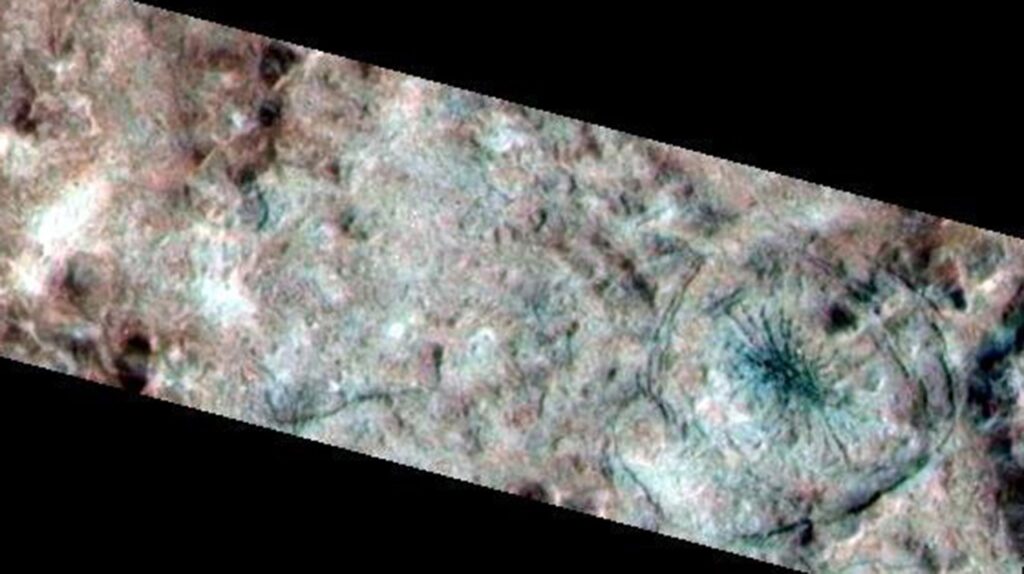NASA OIG Audit: Management Of NASA's Europa Mission

WHY WE PERFORMED THIS AUDIT
Scientists believe that Europa, one of Jupiter’s 79 known moons, may have a large liquid ocean below its icy surface suitable to sustain life.
The National Research Council (NRC)–which publishes a decadal survey of recommended priorities that NASA uses to help plan its science exploration missions–determined in 2011 that an orbiter mission to Europa should be NASA’s second highest priority large-scale planetary science mission after the Mars 2020 mission. Congress has taken a strong interest in the project and since fiscal year (FY) 2013 has appropriated about $2.04 billion to NASA for a Europa mission–$1.26 billion more than the Agency requested. The former Chairman of the House subcommittee that funds the Agency, a long-time advocate for NASA and the Europa mission in particular, was largely responsible for these substantial appropriations. Congress also directed NASA to plan two separate missions– a flyby orbiter known as Europa Clipper and a Lander mission to place scientific instruments on the moon’s surface. In FYs 2017 and 2018, Congress directed NASA to use the Space Launch System (SLS), the Agency’s heavy-lift rocket currently under development, as the launch vehicle for both missions and specified launch dates of no later than 2022 for the orbiter and 2024 for the Lander. In February 2019, Congress delayed those launch dates by a year to 2023 and 2025, respectively. NASA’s Jet Propulsion Laboratory (JPL) has overall project management responsibilities for both missions.
In this audit, we examined NASA’s management of the Europa mission relative to achieving technical objectives, meeting milestones, controlling costs, and addressing congressional requirements. To complete this work, we reviewed documents, reports, schedule projections, budget allocations, costs, and risks related to the Clipper and Lander projects, as well as NASA and JPL policies, congressional mandates, and NRC reports. We also compared the Europa mission with other JPL projects and interviewed Clipper and Lander personnel, other NASA officials, and members of the scientific community.
WHAT WE FOUND
Despite robust early-stage funding, a series of significant developmental and personnel resource challenges place the Clipper’s current mission cost estimates and planned 2023 target launch at risk. Specifically, NASA’s aggressive development schedule, a stringent conflict of interest process during instrument selection, and an insufficient evaluation of cost and schedule estimates has increased project integration challenges and led the Agency to accept instrument cost proposals subsequently found to be far too optimistic. Moreover, Clipper has had to compete with at least four other major JPL-managed projects for critical personnel resources, causing concern that the project may not have a sufficient workforce with the required skills at critical periods in its development cycle.
In addition, although Congress directed NASA to use the SLS to launch the Clipper, it is unlikely to be available by the congressionally mandated 2023 date and therefore the Agency continues to maintain spacecraft capabilities to accommodate both the SLS and two commercial launch vehicles, the Delta IV Heavy and Falcon Heavy. The Agency also has not incorporated associated development and launch vehicle selection risks into the Clipper’s joint cost and schedule confidence level (JCL) analysis, a tool used to help determine the likelihood a project will achieve its objectives within budget and on time, thereby prolonging risks that should be resolved prior to establishing the project cost and schedule baseline. Lastly, significant funding from Congress must be maintained to avoid additional delays in the launch schedule and prevent the need to move funds from other projects in NASA’s science portfolio. Significantly, FY 2020 will be the first budget cycle in which the mission’s most important congressional supporter no longer chairs the House appropriations subcommittee.
Similar to Clipper, the Lander mission will likely face shortages in skilled technical staff given that it is competing with five other major projects at JPL, including Clipper, for the same resources, putting planned activities at risk. Moreover, when we compared the Lander’s projected development schedule to other similar NASA robotic missions, we found the congressionally mandated 2025 launch date not feasible, with the earliest possible launch in late 2026. Further, the Lander is currently designed to launch only on the upgraded version of the SLS, a vehicle whose readiness date is highly uncertain.
We also believe that requiring the Agency to pursue a Lander mission at the same time it is developing the Clipper mission is inconsistent with the NRC’s recommended science exploration priorities. Specifically, the most recent decadal survey does not include a Europa Lander mission, such a mission will not provide the most optimal science results for the money spent if launched before adequate information is obtained from Clipper, and moving forward with a Lander at the present time would negatively affect the balance and budget of other projects in the planetary science portfolio. Finally, the Lander will essentially require doubling the amount of recent increases in congressional funding the Clipper mission has received while the two projects overlap. The Agency’s FY 2020 budget request includes no funding for the Lander and we believe at this point, NASA can utilize the benefits gained from the Lander’s preliminary research and commit to the project when the science community makes it a priority and resources are available.
WHAT WE RECOMMENDED
For the Europa mission to achieve its technical objectives, meet milestones, and control costs, we recommended the Associate Administrator for Science Mission Directorate (1) evaluate current and future critical technical staffing requirements by project over the next 5 years; (2) reassess the Clipper JCL with launch vehicle risks for the Delta IV Heavy, Falcon Heavy, and SLS; (3) evaluate the impact to the Planetary Science Division budget portfolio if Clipper’s increased funding levels were disrupted; (4) continue to implement the instrument cost control plan; (5) reassess the Lander project’s timeline given resource availability; (6) evaluate the impact that starting Lander Phase-A, delaying the start date, or continuing Pre-phase A research under multiple funding scenarios would have on the entire planetary science portfolio; (7) consider requesting the NRC reexamine the Lander’s priority; and (8) coordinate with Congress and other stakeholders to develop achievable project timelines and corresponding funding levels to maintain a balanced science portfolio supportive of NRC priorities. We also recommended the Associate Administrator for Science Mission Directorate, in coordination with the Office of the General Counsel, reassess the process of isolating key project personnel from instrument selection. Finally, we recommended the JPL Director evaluate current and future critical technical staffing requirements, make staffing adjustments to the Clipper project as necessary, and reassess Lander commitments.
We provided a draft of this report to NASA management who concurred with 9 of our 10 recommendations and described corrective actions it has taken or will take. We consider management’s comments to all but Recommendation 2 responsive; therefore, those recommendations are resolved and will be closed upon completion and verification of the proposed corrective actions. Management did not concur with Recommendation 2 related to reassessing launch vehicle risks and this recommendation will remain unresolved pending further discussion with the Agency.








